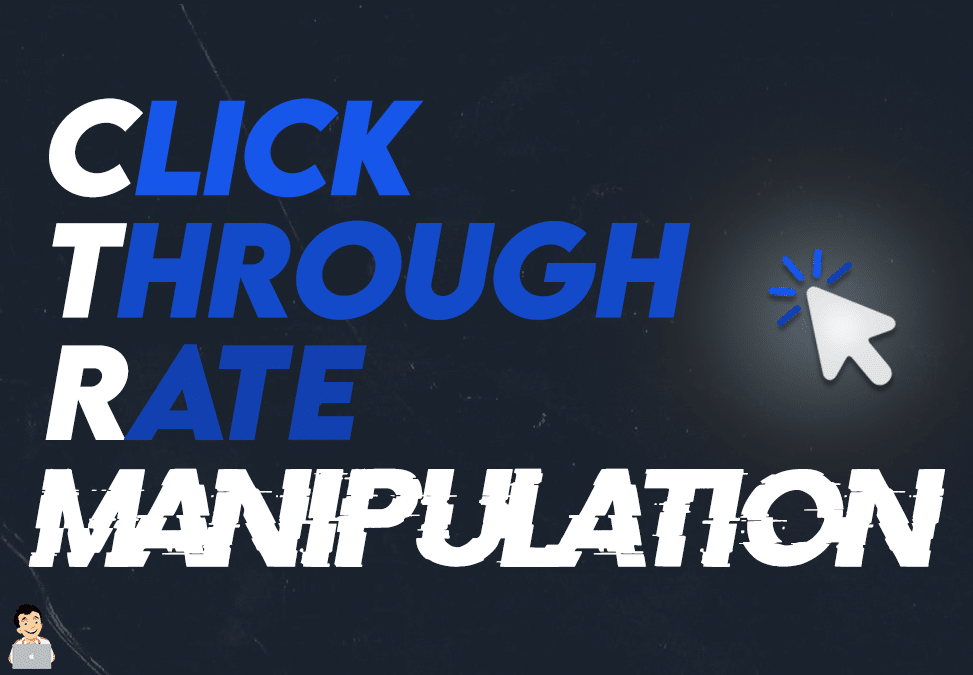Achieve Greater Ad Success With Strategic CTR Adjustment
In the world of digital advertising, accomplishing better success hinges dramatically on the critical control of click-through rates (CTR) By fine-tuning various campaign components-- ranging from ad duplicate to aesthetic appeal-- marketers can enhance engagement and drive conversions. However, this quest of elevated CTR should be stabilized with ethical factors to consider and sector laws to foster count on and make sure lasting success. As we check out the nuances of CTR optimization, it ends up being obvious that the course to effective ad projects is a lot more complicated than it shows up, exposing crucial insights that could change your method.
Comprehending Click-Through Price
Click-through price (CTR) is a crucial performance metric that evaluates the performance of electronic advertising and marketing projects by gauging the proportion of customers who click a certain link to the number of total customers who check out the linked web content. This statistics acts as a sign of how well a project resonates with its target audience, mirroring the charm of the content and its call-to-action.
CTR is commonly revealed as a percentage, computed by dividing the variety of clicks by the variety of impressions and increasing by 100. A higher CTR suggests that customers locate the content engaging and pertinent, while a lower CTR may suggest a need for enhancement in material top quality, targeting, or presentation.
Furthermore, CTR can vary significantly throughout various platforms and formats, such as email marketing, social media, and show advertisements. Examining CTR along with various other metrics, such as conversion rate and involvement degree, gives deeper insights into user habits and overall campaign efficiency.
Value of CTR in Advertising

In addition, CTR plays a critical function in optimizing marketing expenditures. Advertising platforms, such as Google Advertisements and Facebook Ads, use CTR as a crucial factor in establishing ad placement and cost-per-click (CPC) A higher CTR can result in reduced CPCs, making the most of spending plan effectiveness and enhancing return on investment (ROI)

Techniques for CTR Optimization
Maximizing Click-Through Price (CTR) is crucial for advertisers seeking to boost the effectiveness of their campaigns. Implementing targeted methods can considerably improve CTR, eventually bring about far better ad performance.
To start with, refining advertisement copy is essential. Crafting engaging headlines and clear phone call to activity (CTAs) can draw in customers' interest and motivate clicks. Utilizing action-oriented language and highlighting value propositions can successfully reverberate with the target market.
Second of all, using A/B screening is essential. By try out various aspects such as visuals, copy, and placement, advertisers can identify which combinations generate the highest possible CTR. This data-driven approach makes it possible for constant optimization of ad web content.
Finally, enhancing targeting specifications is vital. By narrowing the target market based on demographics, passions, and behaviors, marketers can guarantee their ads get to those more than likely to engage, therefore increasing the probability of clicks.
Lastly, leveraging aesthetic elements can improve interaction. Eye-catching photos or videos that complement the advertisement message can draw attention and boost CTR.
Examining CTR Performance Metrics
Recognizing the subtleties of CTR efficiency metrics is essential for marketers aiming to gauge the performance of their projects. Click-through price (CTR) functions as a crucial indicator of target market interaction, reflecting the percentage of users that interact check my site with an advertisement about the number of times it was presented. A high CTR typically suggests that the ad resonates well with its target audience, while a low CTR may indicate a requirement for calculated changes.
To examine CTR efficiency successfully, marketers should consider numerous variables, consisting of the placement of the advertisement, the relevance of the web content, and the target group. Segmenting data by device type or geographic area can provide deeper understandings right into customer habits and preferences. In addition, contrasting CTR across different campaigns and platforms can help identify best-performing methods and areas for renovation.
Routinely keeping an eye on and interpreting these metrics allows advertisers to make data-driven choices, enhancing their campaigns for boosted performance. By recognizing the context behind CTR numbers, advertisers can fine-tune their messaging and creative strategies, inevitably driving much better results and accomplishing better advertisement success.
Honest Factors To Consider in CTR Adjustment

Furthermore, marketers need to think about the ramifications of targeting susceptible populaces - CTR Manipulation Press Release. Manipulative strategies that exploit emotional triggers or create false necessity can result in consumer backlash and ethical analysis. Rather, marketers need to focus on reference delivering real worth through pertinent web content that reverberates with their target market
Involving in deceitful techniques not just runs the risk of lawful repercussions however also threatens the integrity of the advertising ecological community. By cultivating an atmosphere of honesty and responsibility, marketers can enhance their CTR while maintaining honest requirements.
Conclusion
In verdict, critical control of click-through prices (CTR) is vital for improving advertisement performance and driving conversions. By utilizing techniques such as refined advertisement duplicate, compelling visuals, here are the findings and targeted A/B screening, online marketers can successfully engage audiences.